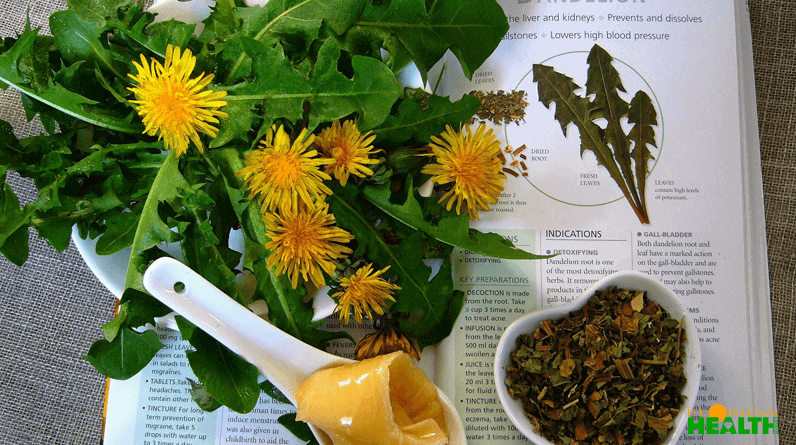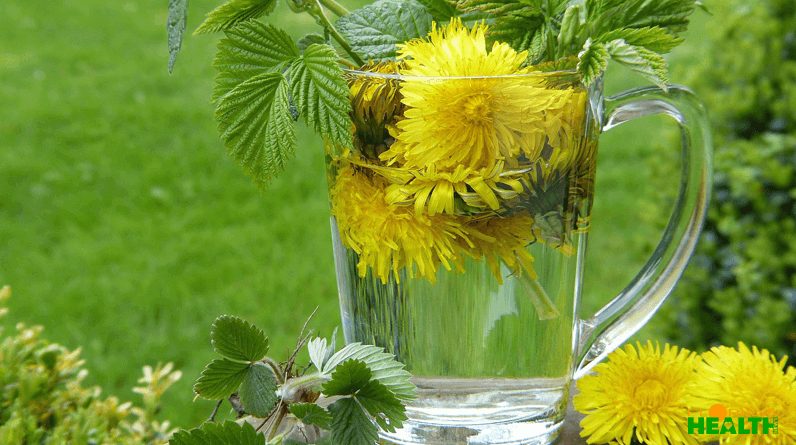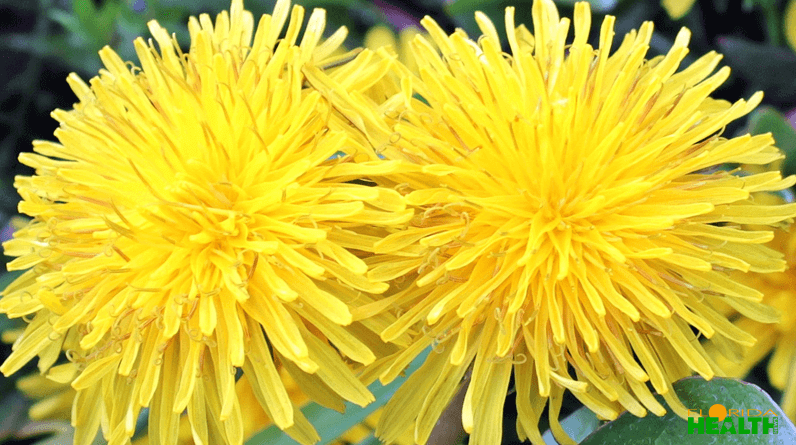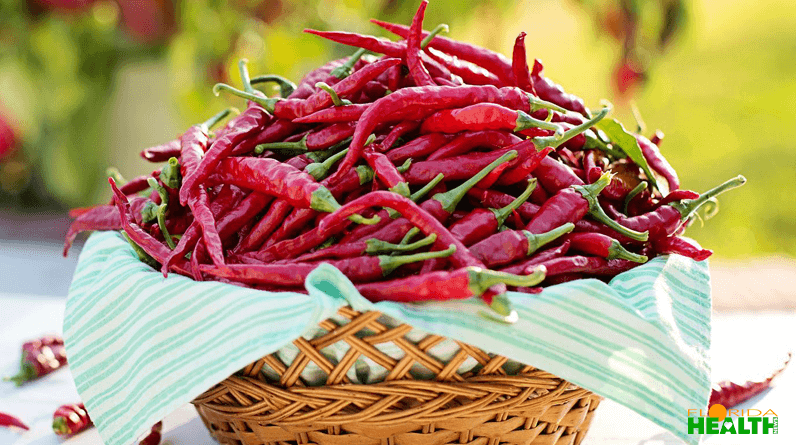
Milk Thistle Can Be Very Beneficial For Your Health
The seeds of the milk thistle are beaten from the flower and used as medicine. In addition, the flower heads can be eaten without the green bracts, i.e. only the colored part. The root of this plant can also be eaten; you can prepare milk thistle roots in the same way as salsify. The young spiny leaves can be put in a salad or cooked like spinach.
The naming of Milk Thistle
The botanical name for milk thistle is Silybum Marianum. Dioscorides, a pioneer of medicine and herbal science used the word ´silybon´ for thistle plants, of which silybum is a derivative. Marianum comes from Maria. The Roman Catholic Church has given many biblical names to plants. It was told that when Jesus was born from the bosom of Mary a drop of milk fell on a thistle and that since then there has been a new kind of thistle with white spots on the leaves; hence milk thistle. Dutch still has some names for these plants: Milk thistle, Pied thistle, and Lady’s thistle.
Even the flower stems can be cooked and eaten. Milk thistle is not only a medicinal herb but also a wild vegetable. Milk thistle is cultivated on a large scale in various parts of the world because it is an important plant for the pharmaceutical industry.
The History
Milk Thistle In Ancient Times
Dioscorides was the first to describe the medicinal effects of milk thistle. He recommended carrot for coughing, mixed with honey. In ancient Greece, the plant was mainly used against white tide and pneumonia. Pliny the Elder, who belonged to the ancient Romans, saw in milk thistle an excellent way to repel bile. In ancient times, the milk thistle was a much-eaten plant. The flower was eaten just like artichoke, the roasted seeds served as a kind of decaffeinated coffee, the young leaves were boiled and the flower stems were eaten like asparagus.
Milk Thistle in the Middle Ages
In the Middle Ages, Greek and Roman knowledge about milk thistle spread to the rest of Europe. The plant was not only found in the wild; it was cultivated for its medicinal properties. The plant was used for liver and spleen problems, jaundice, gall colic, chronic cough, and bloody diarrhea. The plant was also ground whole to serve as cattle feed.
Milk Thistle From The 16th Century To The Present Day
From the 16th century onwards, the liver-protecting effect of milk thistle was seen as its most important property. Lonicerus, an important German doctor, wrote in a herbal book around 1550 that the milk thistle works well against liver diseases. John Evelyn wrote that if the plant was stripped of its spines it was an excellent wild vegetable that is especially recommended for nursing mothers.
Culpeper, an English herbal scientist from the 17th century, wrote that the milk thistle is good medicine for liver and spleen ailments. Especially with jaundice, milk thistle was the most important medicine at that time. Shulz said in 1919 that the plant has a positive effect on problems with female genitalia.
In 1954 it was discovered that silymarin, a collective name for a flavonoid mixture, is the most important active factor of milk thistle. Since 1970, milk thistle has been one of the most scientifically researched plants.
One of the findings is that animals that have eaten milk thistle are immune to Death cap, a highly toxic, deadly mushroom that causes irreparable liver damage. Milk thistle is used as a medicine when an unfamiliar person eats poisonous mushrooms such as Amanita Phalloides (Death cap).
Silymarin
Silymarin has a very strong and positive effect on your liver in two ways:
-
Silymarin is capable of altering the external layer of the liver cells so that any toxic substances that may be present can no longer penetrate the liver cells.
-
Silymarin will optimize protein synthesis and promote the production of RNA, thus creating more new liver cells. This increases the regenerative capacity (self-healing capacity) of the liver.
Active Substances
For medicinal use, the seeds are used after they are knocked out of the flower head. The fluff is not used. The most important contents are the flavanolignans. Silymarin is included. Silymarin is a collective term. Milk Thistle contains the following silymarines: silybin, silybin, isosilybin, silydianin, silychristin, silymonin, silandrin, isosilychristin, silyhermin, neosilyhermin A and B, 2,3-dehydrosilybin and silybinome.
It also contains the flavonoids quercetin, dihydrokaemferol, naringin, apigenin, taxifolin, eriadyctol, chrysoerial and 5,7-dihydrochromone. It also contains the sterols cholesterol, campesterol, stigmasterol and sitosterol.
Other substances that are in it to a lesser extent are: dehydrodiconiferyl alcohol, protein, amino acids, betaine, unsaturated fatty acids such as linoleic acid, oleic acid, and palmitic acid, bitter substances, catechol tanning substances, essential oil, sugars, mucilages, polyins and bitter resin acids.
Using Milk Thistle Against Toxic Liver Damage
When someone has ingested a toxic substance, the liver will be affected first. In severe cases, the liver is affected to such an extent that the victim dies; you cannot live without it. The people who gave names to organs knew how important the liver is; literally, the meaning of liver is the donor of life. Milk thistle has the miraculous property of allowing toxins to pass through the liver without causing damage.
Milk thistle has a strong antioxidant effect, prevents lipid peroxidation, promotes detoxification through increased glucuronidation, reduces the activity of certain toxic enzymes, stabilizes liver cell membranes, stimulates regeneration of the liver after toxin damage, reduces liver inflammation, and increases glutathione levels, the body’s own antioxidant.
Because of this impressive range of medicinal properties, the phytotherapist can prescribe milk thistle for the following treatments:
- Liver damage from alcohol
- Drugged liver damage
- Liver damage from poisonous mushrooms
- Liver damage due to odor, coloring, and flavoring.
- Liver damage is caused by all kinds of factory-produced substances such as carbon tetrachloride, lanthanides, thioacetamide, D-galactosamine, too much iron dust, chemicals, paints, adhesives, solvents
- Viral liver infection, jaundice,
Chronic alcoholic hepatitis - Liver insufficiency
- Liver cirrhosis in diabetics
- Liver fatty,
Liver swelling, liver congestion - Cholecystitis or gall bladder infection, gall colic
- Food poisoning.
In case of impaired liver function or serum parameters, - Consequences of weak liver function, constipation, fatigue, bad breath, headache
- Skin diseases caused by liver diseases such as eczema, psoriasis and acne rosacea
Milk Thistle for Bile Production
Bile plays an important role in the digestive process. Milk thistle stimulates the functioning of the bile; it is bile forming and bile floating which is caused by the bitter substances in the thistle. Partly because of this triglyceride levels are lowered. Increased triglyceride levels can be related to cardiovascular diseases.
Because of these medicinal properties, phytoherapists can prescribe milk thistle:
- Insufficient bile formation
- Dyspepsia due to poor fat digestion
- Prevention of gallstones
- Pregnancy ostasis
- Travel sickness
- High triglyceride levels
Milk Thistle and the Portal Circulation
The portal circulation is the blood circulation from the intestines to the liver. The portal vein sends oxygen-poor, nutrient-rich blood to the intestines, stomach, spleen, and liver. Milk thistle stimulates the function of the portal vein. In addition, Milk Thistle is bleeding. It is also possible that the blood pressure is lower due to liver disease. Milk thistle raises the blood pressure to healthy levels.
In phytotherapy, this plant is a natural medicine for:
- Portal hypertension, overpressure in the portal circulation
- Hemorrhoids, varicose veins, varicose ulcers
- Nosebleeds, esophageal hemorrhages if these are associated with overpressure portal blood vessels
- Abundant menstruation, abnormal uterine bleeding
Other Medicinal Properties of Milk Thistle
The aforementioned medicinal properties are the primary activities for which phytotherapists use milk thistle. In addition, there are a number of secondary effects of this prickly plant:
- In addition to the liver, milk thistle protects the kidneys from toxic substances
- The bitter substances make it a digestive-enhancing and mildly laxative herb,
- It promotes mother’s milk production
- It inhibits inflammation, Milk thistle is a diuretic and blood purifying
- It’s antispasmodic
- It’s an antipyretic plant (reduces fever)
- It protects the pancreas and lowers blood sugar levels, making it a remedy for diabetes mellitus
- Because it prevents the formation of blood vessels in tumors, it is a cancer-fighting plant
Milk Thistle Dosage
There are two ways to take milk thistle:
The pure seed, fresh
Since the active nutrients in the seed are very poorly soluble in water, making milk thistle tea is not such a good idea. It wouldn’t contain the maximum of active ingredients. It is better to grind the seeds. You can then eat the ground seeds, or sprinkle them over your Cruesli in the morning. Normally you should be able to notice the positive effects within a few weeks, although in the case of chronic diseases it can take a bit longer.
As an extract, as a pill or capsule
As a food supplement, you will often find milk thistle in combination with other nutrients or plants such as the dandelion. Often you can already deduce from the product name what it is used for the Liver complex. The term ‘lipotropic factors’ is also often used. Make sure you buy a good quality product for the best effect. The dosage of the supplement is 3 x per day 200 mg. extract, which contains about 75% Silymarin. So read the label carefully. Not only for the right quality but also for the right dosage of that particular product.
Milk Thistle may counteract with some medications…
The Side Effects of Milk Thistle
Milk thistle, like many natural products, has few or no side effects. In some cases, the user may suffer from stomach discomfort, whether or not in combination with diarrhea. If this occurs, it is wise to stop the intake for a few days. In case of serious reactions of the body, you should warn your doctor immediately!
There can also be undesirable side effects if milk thistle is taken in combination with regular medication. Although no research has been done into this interaction, it is assumed in the medical world that the following medications in combination with milk thistle can cause undesirable reactions and side effects:
- Statines (e.g. Altoco or Mecavor)
- Anxiolytics (e.g. Valium, Xanax or Ativan)
- Anticoagulants (e.g. Coumadin or Plavix)
- Phenytoin (e.g. Dilantin)
- Fexofenadine (e.g. Allegra)
- Antipsychotics (e.g. Chlorpromazine, Haloperidol, Promethazine or Flufenazine)
Consult a Phytotherapist
If you want to use milk thistle as a medicine, you are advised to consult a phytotherapist. Milk thistle extracts and medicines in the form of mother tinctures, powders, nebulization, liquid extract, ointment, cream, and capsules should only be used on prescription by authorized health care professionals. A phytotherapist can tell you more about this as well as about possible side effects and interactions with other medicines or herbs. In addition, there are beneficial combinations with herbs.
All medicinal effects of this herb mentioned in the article are based on scientific research and are taken from the Great Manual of Medicinal Plants by Geert Verhelst, a standard work in the field of healing plants. The book is widely used in phytotherapy.
Further reading and references:
https://www.antigifcentrum.be/natuur/paddenstoelen/giftige-paddenstoelen/groene-knolamaniet-amanita-phalloides
https://en.wikipedia.org/wiki/Amanita_phalloides

Carl Riedel is an esteemed online researcher and writer, specializing in the intersection of technology and wellness. As a member of the International Association of Therapists, Carl brings a unique perspective to his work, skillfully integrating insights from therapy and digital trends. His articles help readers navigate the complexities of the digital age with an emphasis on promoting mental and emotional well-being.







